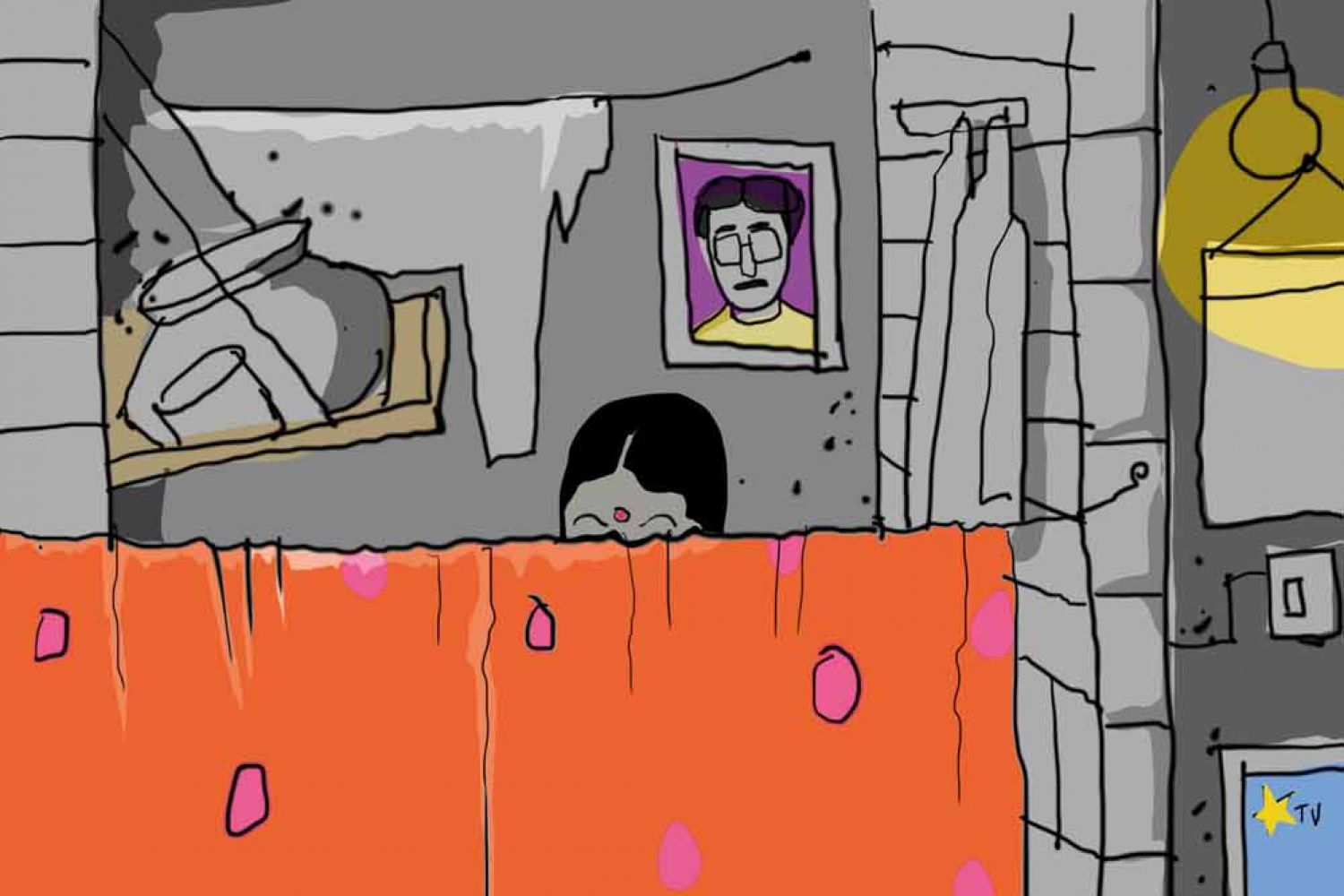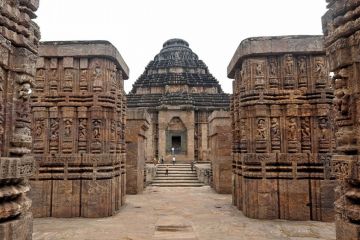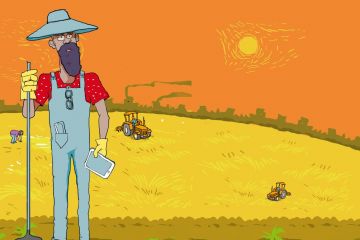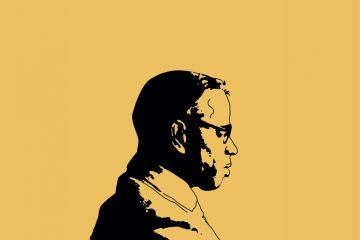
In February, Arman* began sneaking out again. He
would disappear for days on end, to be found usually passed out in the back of
autorickshaws. Sometimes his mother Noor* got phone calls from
police officers in Old Delhi. Her son was up to his usual tricks. Thieving
mobiles, picking pockets, hustling, anything to make a bit and get high.
Police officers often took pity on the 11-year-old addict.
They would let him go after a couple of tight slaps. He had already spent two
terms in a reha





